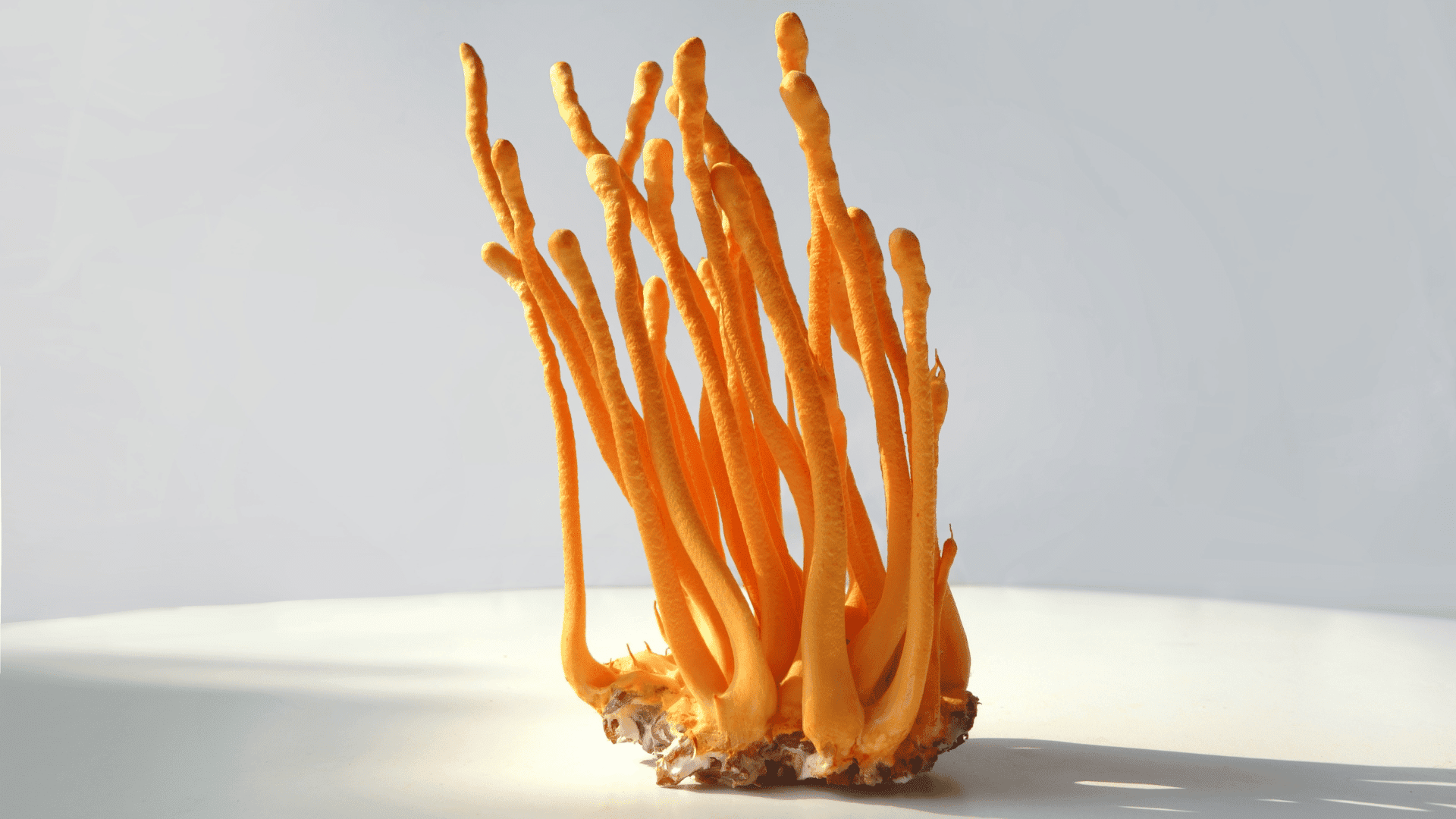With the hit HBO series The Last of Us set to return for season 2 this Sunday, April 13, some researchers are considering the scary realism behind the show’s killer Cordyceps fungus.
Killer Fungus?

In the show’s first series, the Cordyceps fungus, inspired by Ophiocordyceps unilateralis, would grow tentacles in order to spread. The real version of this fungus spreads in a much more lethal way as it fires out clouds of airborne spores.
After infecting a host such as an ant, the fungus influences the creature’s behavior, leading to a high branch so that its spores have a wider range to infect another host. Ants appear to be aware of the danger, too, as they typically move strangely behaving individuals away from the colony.
“Fungi love to make spores,” Dr Jim Kronstad, professor and microbiologist at the University of British Columbia’s Michael Smith Laboratories and author of a new paper on fungal threats, said in a statement.
Fortunately for fans of the show who are unnerved by the real-world danger, Cordyceps can’t infect humans as they’re species-specific. This means that the same type of Cordyceps isn’t able to spread from one species of ant to another.
But, as the world continues to get warmer, scientists’ concerns regarding fungal threats are growing. This is another element of realism featured on the show, as it implies that fungal pathogens could evolve and become more dangerous as humans warm the planet.
Kronstad and colleagues further emphasize this in the recently released paper analyzing fungal threats facing modern civilization and considering the potential of using fungi to combat these threats.
“Humans and fungi have an intricate relationship that reverberates across the planet,” wrote the authors of the paper. “Understanding the full implications of this relationship for the biosphere will require a deep exploration of the fungal kingdom, involving multidisciplinary approaches that include basic science, epidemiology, and molecular taxonomy. Given the ongoing impacts of global warming, which will bring about rapid changes in fungal-host ecology, this effort is of great importance.”







